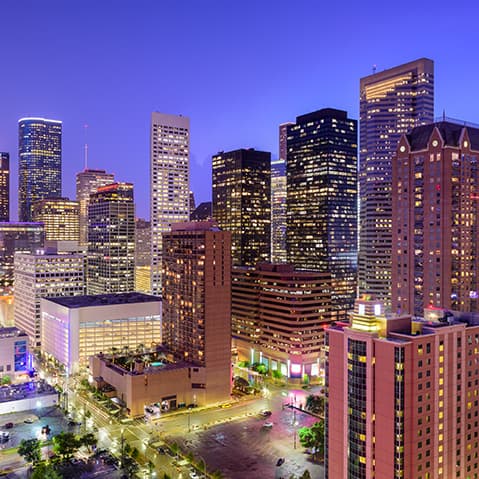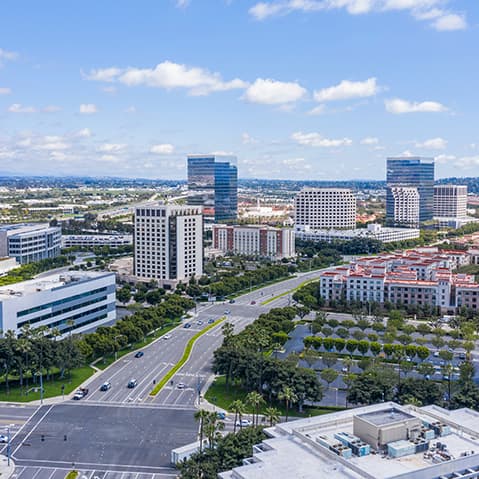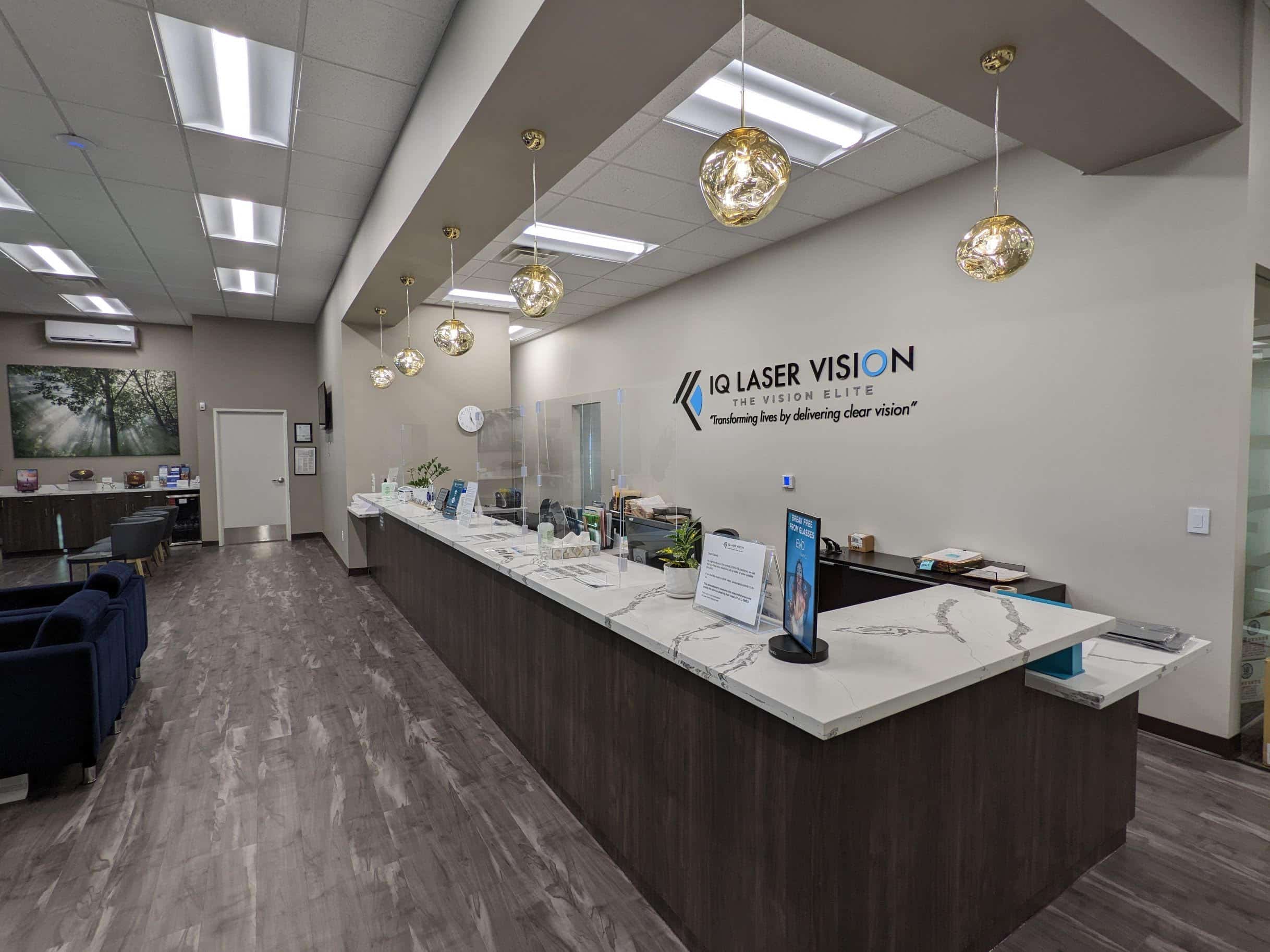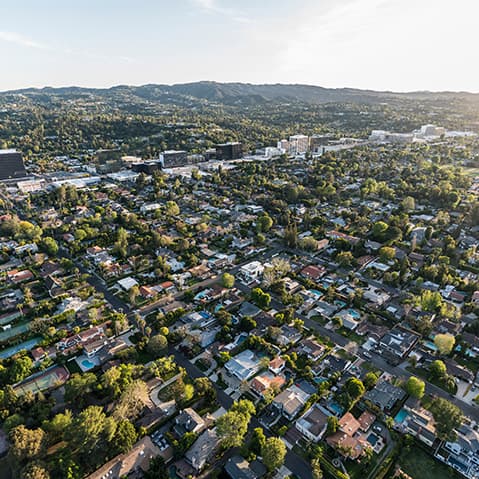It may seem like having dry eyes is frustrating at best, but there’s a little bit more to it. If this eye condition is left untreated, it can result in serious complications, including permanent issues with your vision.
For those that dream of visual freedom but have dry eyes, it may seem like a vision correction procedure is out of the question, but that’s not necessarily true. Keep reading to learn if you can still have a vision correction procedure even if you have dry eyes!
What’s making my eyes so dry, anyway?

There are a lot of things that can cause dry eyes. Your environment, seasonal allergies, traveling on an airplane, or spending too much time looking at screens are some of the many reasons your eyes could be dry.
But the root cause of having dry, irritated eyes? You can usually tie it back to one of two main things.
1. You don’t produce enough tears
2. The tears that you’re producing are low in quality
With these two things, your tears are often missing key components that make up the tear film. For healthy tears, your tear film needs oil, water, and mucus.
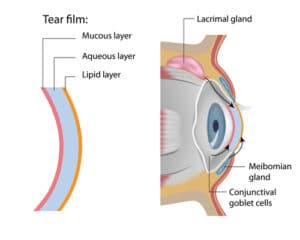
If you’re missing any of these, your tears won’t be healthy, meaning your eyes will likely be dry or irritated.
What if I find out I have dry eye syndrome? Can I still get LASIK?
The laser vision correction procedure that most people know about and are familiar with is LASIK. It makes sense, since it is the most popular elective medical procedure you can undergo. Technically, you can still get LASIK if you have dry eye syndrome, but there are some caveats to that.
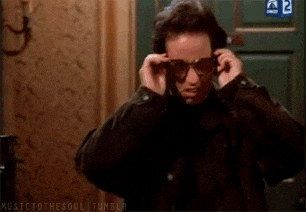
The biggest one is that if you do have dry eye syndrome, you must have it under control before you can have LASIK. That means that your symptoms must be managed and not bother you if you’re going to have LASIK.
This isn’t something that you can determine on your own, either. You have to have a LASIK consultation with an eye doctor who will determine whether you can safely undergo LASIK or not.
If your eyes are too dry, they may decide that you either need to wait to have LASIK, or that you’d be a better candidate for another procedure.
There are other procedures like SMILE that are better for dry eyes
The good news is that if you find out that you aren’t a good candidate for LASIK, all hope is not lost. Seriously.
Ever heard of something called SMILE? SMILE is a vision correction procedure that shares some similarities with LASIK, but if you have dry eyes, it could be a better fit for you. SMILE can only correct nearsightedness and astigmatism.
Why is SMILE better if you have dry eye syndrome?
One of the things that makes LASIK successful is it involves creating a flap in the cornea. The flap is great, but if you have dry eyes, the flap that’s created during LASIK can exacerbate existing dry eye symptoms. This is due to nerves in the cornea being severed during LASIK.
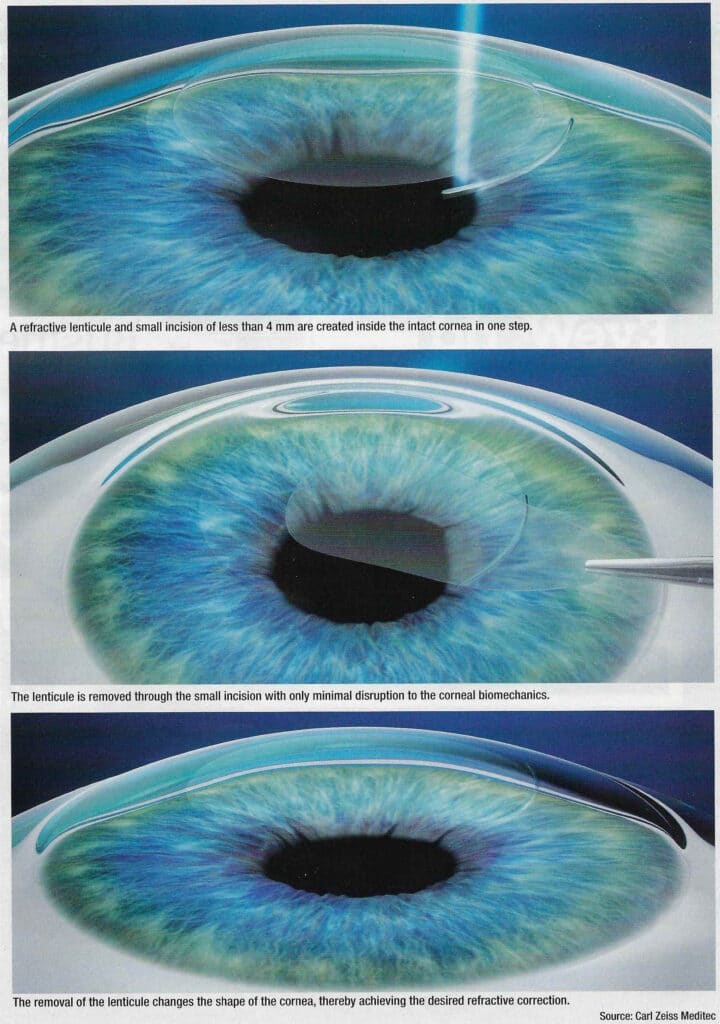
Now, with SMILE, there is no flap created, allowing the cornea to stay stable. If your eyes are already dry, you won’t have to worry about dry eye symptoms after SMILE.
Other LASIK alternatives to consider: PRK and LASEK
Other LASIK alternatives that you can consider are procedures called PRK and LASEK. PRK and LASEK are both permanent laser vision correction procedures.
PRK
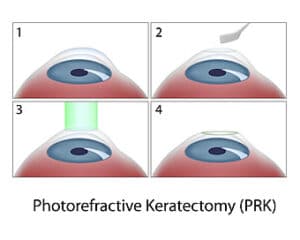
With PRK, the epithelium is completely removed. The epithelium is the outermost layer of the cornea. Removing the epithelium gives a surgeon access to the cornea and allows them to reshape it, correcting any refractive errors. The surgeon places a special contact lens over the cornea so it’s protected while it heals.
This includes nearsightedness, farsightedness, and astigmatism. There is no flap created during PRK, which makes it a good option for people with thinner corneas or those that struggle with dry eye syndrome.
LASEK
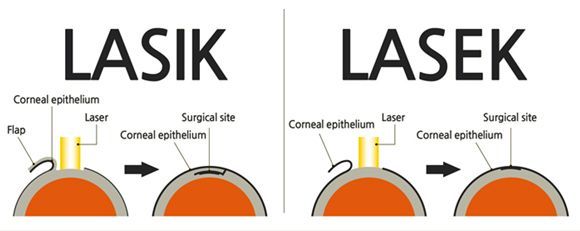
This may sound like it’s the same as LASIK, but it’s a different procedure. LASEK, like PRK, involves removing the epithelium.
But instead of completely removing it, an ultra-thin flap of the epithelium is pushed off to one side of the cornea. This extremely thin flap stays attached to the eye, where it is repositioned on the surface of the eye after the laser finishes reshaping the cornea.
The epithelial tissue flap covers the lasered tissue and a bandage contact lens is then placed on the eye to keep the epithelium in place during healing.
It is important to realize that with both PRK and LASEK, there is a risk of temporary dry eye symptoms for several weeks as your eyes heal.
Visian ICL
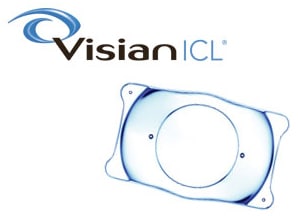
Wondering if there’s a vision correction option that isn’t permanent? The Visian ICL is the perfect solution, because it corrects your vision, but you can always have it removed later on.
The Visian ICL is an implantable collamer lens that corrects nearsightedness without creating dry eye syndrome. How is this possible?
The material that the ICL is made of is something called collamer, which is biocompatible. This means that it will maintain your natural eye chemistry and won’t make your eyes dry.
These are important things for people that already suffer from dry eye syndrome. If you decide that you want to undergo a permanent vision correction procedure later on, you can always have the Visian ICL removed.
For patients with astigmatism interested in the Visian ICL, there is the Visian TORIC ICL, which can now treat astigmatism. The Visian TORIC ICL has the same benefits as the Visian ICL, but it also provides vision correction for patients with astigmatism as well.
How do I know which vision correction procedure is right for me?
With so many procedures to choose from, it can be overwhelming to make the right choice. The best way to decide?
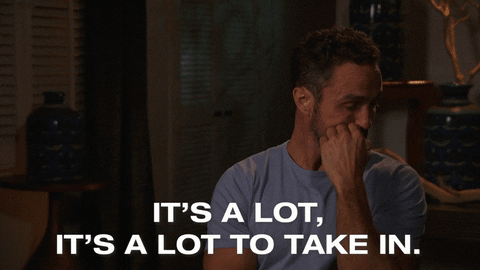
Talk to your eye doctor and find out what they recommend. They’ll take your lifestyle and visual needs into account. For those with dry eye syndrome, it will also come down to which procedure will make you most comfortable.
Ready to experience visual freedom for yourself? Schedule your free consultation at IQ Laser Vision, the #1 SMILE Laser Vision Center in the United States in Los Angeles, CA, today!
Having dry eyes doesn’t have to stand in the way of your dreams of clear vision without boundaries!











